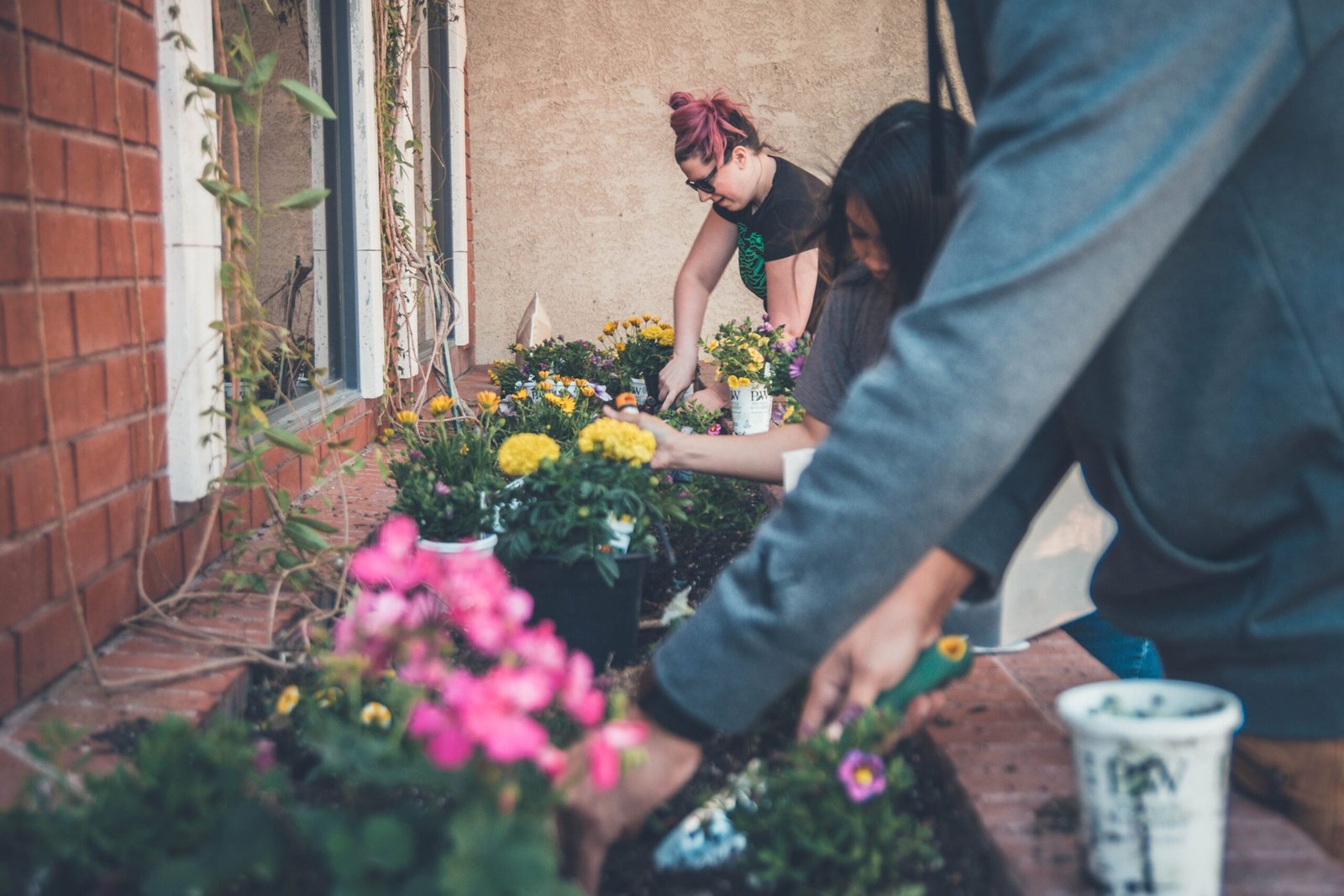
Introduction
In today’s fast-paced and interconnected world, the significance of building and nurturing strong communities cannot be overstated. Communities serve as the foundation for social, economic, and cultural development, playing a vital role in shaping the lives of individuals, both locally and globally. A well-connected and engaged community fosters a sense of belonging, support, and collaboration, leading to positive outcomes and long-lasting impact.
Community-Building Strategies
Building a strong community requires deliberate efforts and effective strategies. One key aspect is fostering a sense of belonging and connection among community members. This can be achieved through regular community events, such as festivals, workshops, or volunteer activities, that bring people together and encourage interaction. Creating spaces for open dialogue and collaboration, such as community centers or online platforms, also plays a crucial role in building strong communities.
Stories of Successful Community Initiatives
Real-life examples of successful community initiatives inspire and showcase the power of collective action. Take, for instance, the “City Repair” project in Portland, Oregon, which transforms neglected urban spaces into vibrant community gathering places. Through grassroots efforts and collaborative design, these spaces have become catalysts for community engagement and revitalization.
Another inspiring example is the “Transition Town” movement, which started in Totnes, England, and has since spread to communities worldwide. These initiatives focus on building resilient and sustainable communities by promoting local food production, renewable energy, and alternative economies. By working together, these communities are not only reducing their environmental impact but also enhancing their overall well-being.
Challenges and Solutions
Building and nurturing strong communities is not without its challenges. One common obstacle is the lack of resources and funding. However, creative solutions such as crowdfunding, partnerships with local businesses, or leveraging existing community assets can help overcome these barriers.
Another challenge is ensuring inclusivity and diversity within communities. It is essential to create spaces that welcome and value individuals from all backgrounds, cultures, and identities. By embracing diversity, communities can tap into a wealth of perspectives and experiences, leading to innovation, empathy, and social cohesion.
The Importance of Inclusivity and Diversity
Inclusive and diverse communities are not only morally right but also economically and socially beneficial. Research has shown that diverse communities are more resilient, innovative, and economically prosperous. By actively promoting inclusivity and diversity, communities can harness the full potential of their members and create a thriving environment for all.
The Enduring Value of Thriving Communities
Thriving communities have a lasting impact on individuals and society as a whole. They provide a support system, foster social connections, and promote overall well-being. Strong communities also enable individuals to tackle shared challenges, such as climate change or social inequality, with collective action and resilience.
Moreover, thriving communities have a ripple effect, inspiring neighboring communities and creating a positive cycle of growth and development. By investing in community-building efforts, we contribute to the betterment of society and create a legacy that future generations can build upon.
Conclusion
Building and nurturing strong communities is a fundamental aspect of human existence. By adopting effective community-building strategies, celebrating successful initiatives, addressing challenges, and promoting inclusivity and diversity, we can create sustainable and impactful communities. Let us recognize the enduring value of thriving, interconnected communities and actively participate in their development and growth. Together, we can shape a better future for all.